COMMENTARY, July 13 — First there was the cronut, a mix of croissant and doughnut. Then came the cruffin, a cross between croissants and muffins, naturally. Cragels next for bagel lovers who want their croissant fix too.
And now... crookies? (Yes, croissant + cookie.)
These are all examples of hybrid pastry, what food scholars consider the amalgamation of two different baked goods into a new creation. With the advent of social media and the ever-growing clamour for viral food content, confectioners may also see increased sales.
Which in turn generates demand for more hybrid pastries, each more sensational and unexpected than the last one. A vicious viennoiserie cycle, if you will.
So why are we crazy about hybrid pastry?
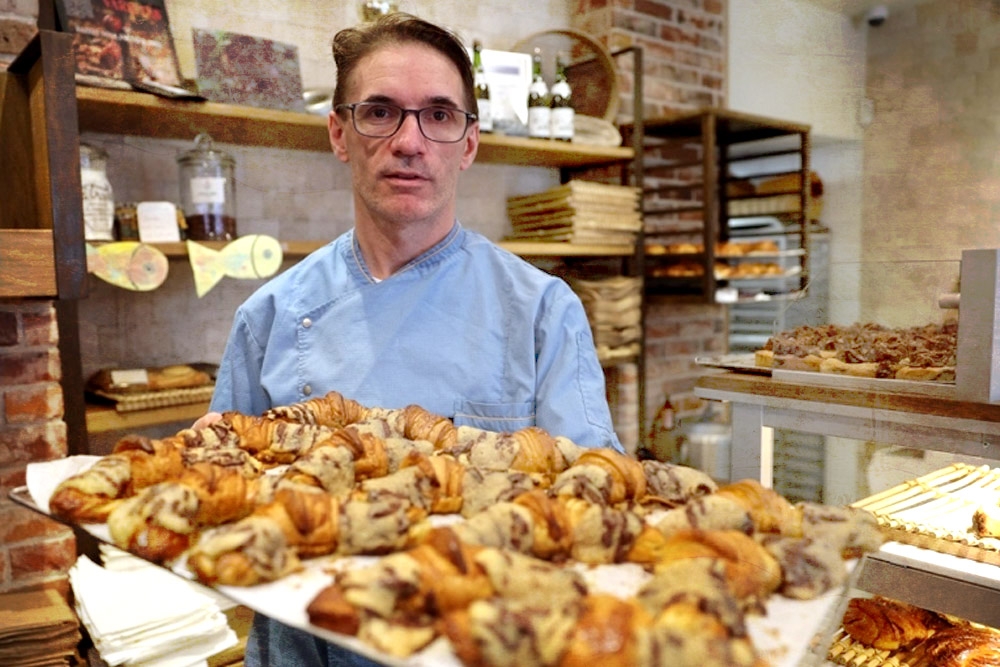
Perhaps we ought to ask French pastry chef Stephane Louvard, who created the crookie, a croissant filled with cookie dough, in 2022. Purportedly made to delight his regular customers, the sales of his hybrid pastry took off when it went viral on TikTok last year.
Or perhaps it makes more sense to question the Godfather of Hybrid Pastry himself, Dominique Ansel. The acclaimed James Beard award-winning pastry chef invented the cronut, which conceivably started the modern hybrid pastry trend.
But they are only the purveyors, one might counter. You cannot hold the entrepreneurial supplier accountable if there is demand from willing buyers.
Speaking of willing buyers, who are the actual customers? Are they hardcore pastry addicts or merely wannabe influencers hoping to expand their following?
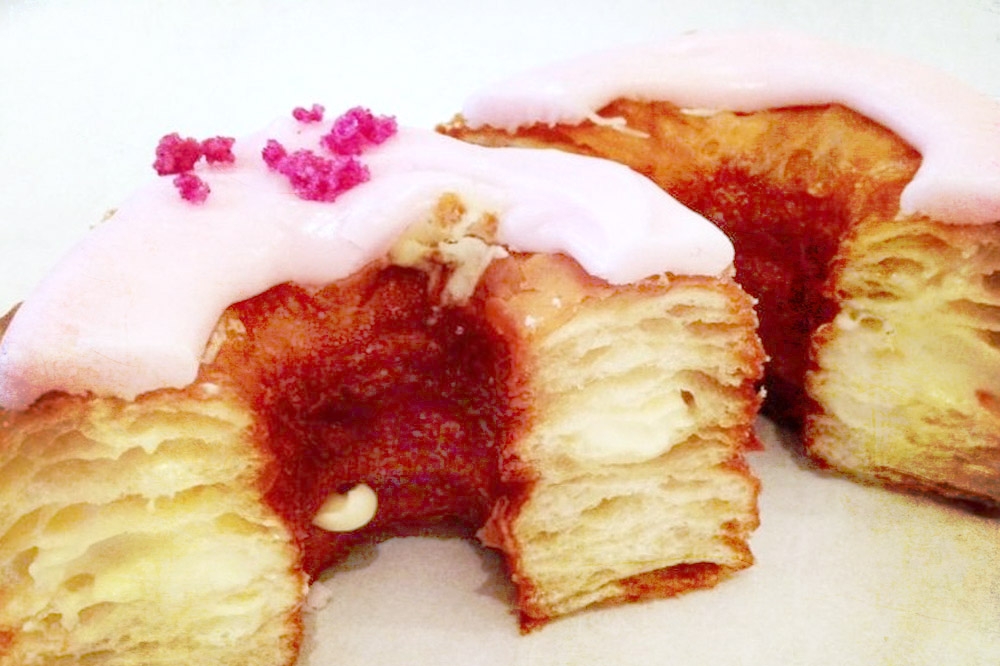
Who knows for certain?
For every fan who celebrates a new mash-up pâtisserie with artfully edited videos, there are detractors who bemoan the bastardisation of a culinary legacy.
The latter argue that, rather than enhancing the originals, merging them results in a Franken-pastry that is inferior to either. Or, as French philosopher Edgar Morin put it: “The whole is less than the sum of its parts.”
Whichever camp you fall under, you can’t deny that the aesthetics of hybrid pastry play a big role in their appeal.
Imagine how a pastry chef might slowly pipe cream filling into round croissants. The tearing apart to reveal laminated layers punched with thick ganache and rainbow-hued sprinkles.
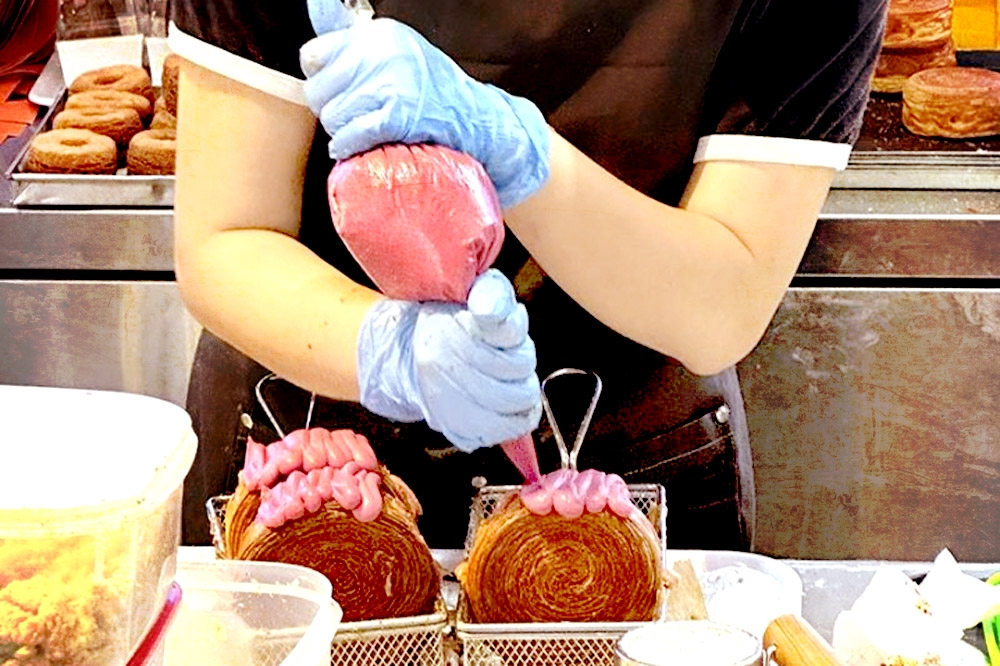
There is something distinctively illicit and immoderate about the entire experience. Which might well be the point.
Do any of these hybrid pastries even taste good?
When the endorsement comes from an influencer ooh-ing and aah-ing like a demented character from a horror film, who’s to say for sure?
I must confess I don’t have much of a sweet tooth so I’m hardly the most reliable expert on saccharine substances. (Blame my Cantonese heritage; it’s a compliment when you hear the remark “it’s not too sweet” from me.)
Again — do any of these hybrid pastries taste good? Does it matter when the line for them winds around the block? That is, until the next hybrid pastry du jour comes along anyway.
Should we stay clear of hybrid pastry, then? Not at all; to each their own.
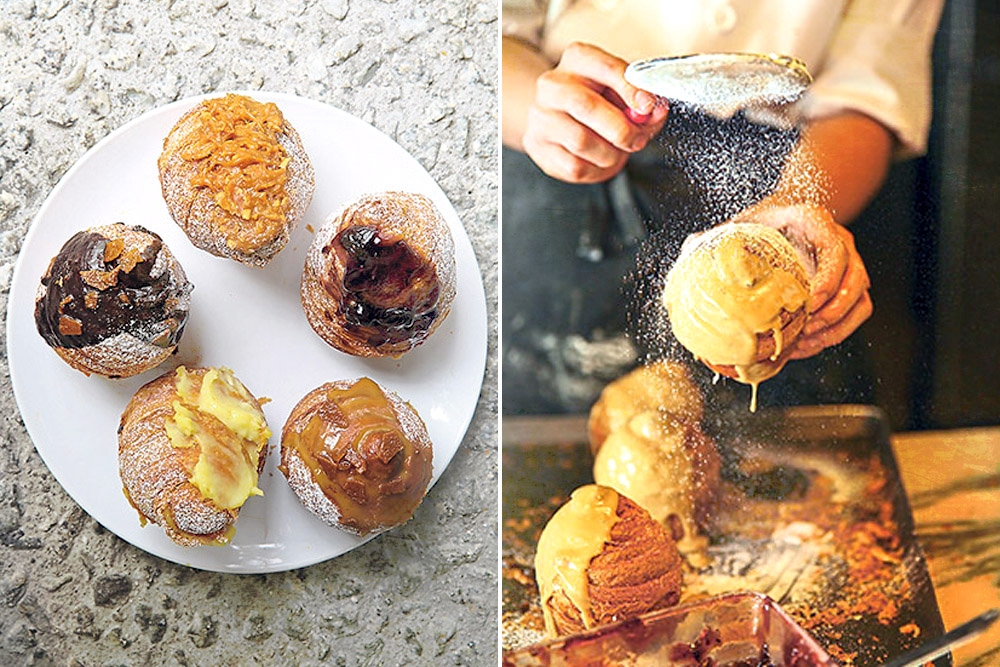
Hybrid pastry can be a salve to bakeries and cafés who are trying to stand out from the competition. The problem is, the novelty sort of wears off when your rivals are plying the same product too, more or less.
There is only that much of a food item you can sell when your customers only want to shoot pictures of it. Eat it again? Not so much.
Which isn’t to say there aren’t hybrid pastries that I would personally devour over and over.
Take medialunas, a sweet and buttery snack that I first encountered in Buenos Aires years ago. This hybrid pastry — part croissant and part brioche — has been an Argentinian tradition for generations.
No one created medialunas for the sole purpose of posting pictures of them on social media. Instead, the pastry is an indispensable part of merienda, which means “afternoon snack” in Spanish.
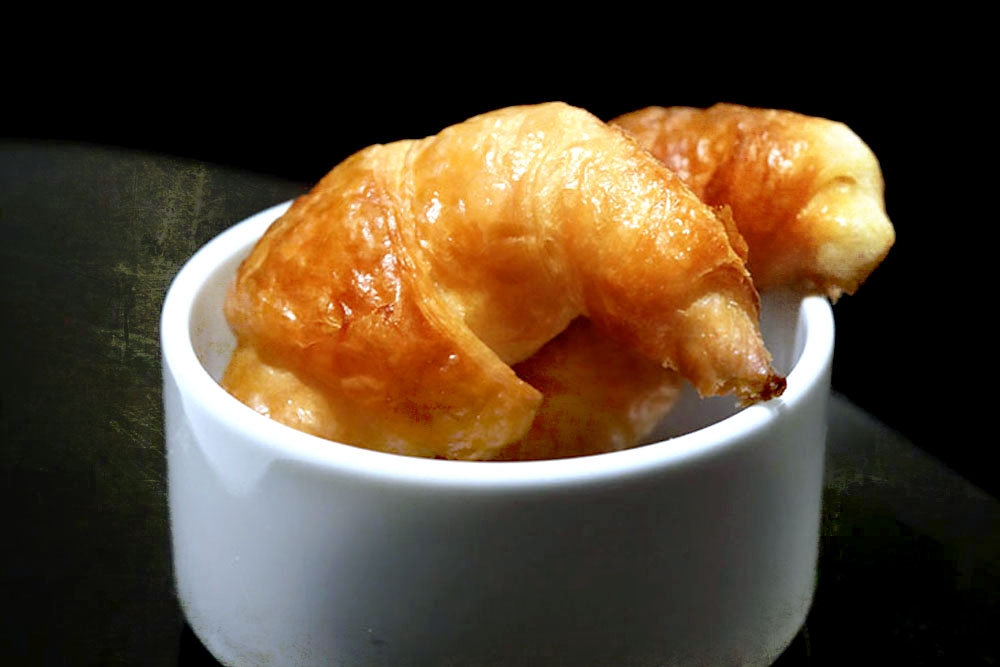
This practice of having a late afternoon break coincided with the coming of immigrants from Italy and Spain towards the end of the 19th century. The new arrivals were accustomed to a late dinner and thus having medialunas for merienda kept the hunger pangs at bay.
See how beautiful it can be when it’s a natural progression, rather than smashing two types of pastries together simply for the sake of getting more likes on TikTok or Instagram.
There is context and history. There is meaning and memories made.
And to be quite honest, it tastes a lot better too. (There is a reason why Argentines have been eating them for hundreds of years.)
Give me a mild-mannered medialuna any day over a confused croissant.






















